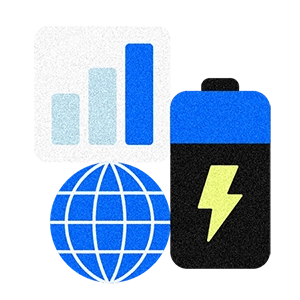Restaurant 101: Start, Grow, Expand
Know what it takes to open a restaurant, from startup costs, to registration requirements, equipment essentials and more. Complete with guidance from industry peers and leaders.

Millions of companies use Square to take payments, manage staff, and conduct business in-store and online.
Get started
Square’s 2024 Future of Commerce report will give you inspiration, tactics, and tools to future-proof your business.
If you’re considering a switch to new technology that can improve your business, take some time to consider your stakeholders and the possible impacts.
Explore curated articles, podcasts, and more that Square editors have hand selected to help you navigate as you start and operate your business, grow and manage your team, organize your finances, and reach your customers.
Know what it takes to open a restaurant, from startup costs, to registration requirements, equipment essentials and more. Complete with guidance from industry peers and leaders.
Utilizing a marketing budget template can help keep you organized, track your marketing efforts, and manage your finances. Read on to understand how to use a template and download your own.
Omnichannel, I think, is kind of the way of now and the future. So is having a brick-and-mortar and an online store, and even other methods of accessing customers or enabling them to access you."
READ MORE: Paying It Forward: How Small Businesses Are Connecting with Customers Online